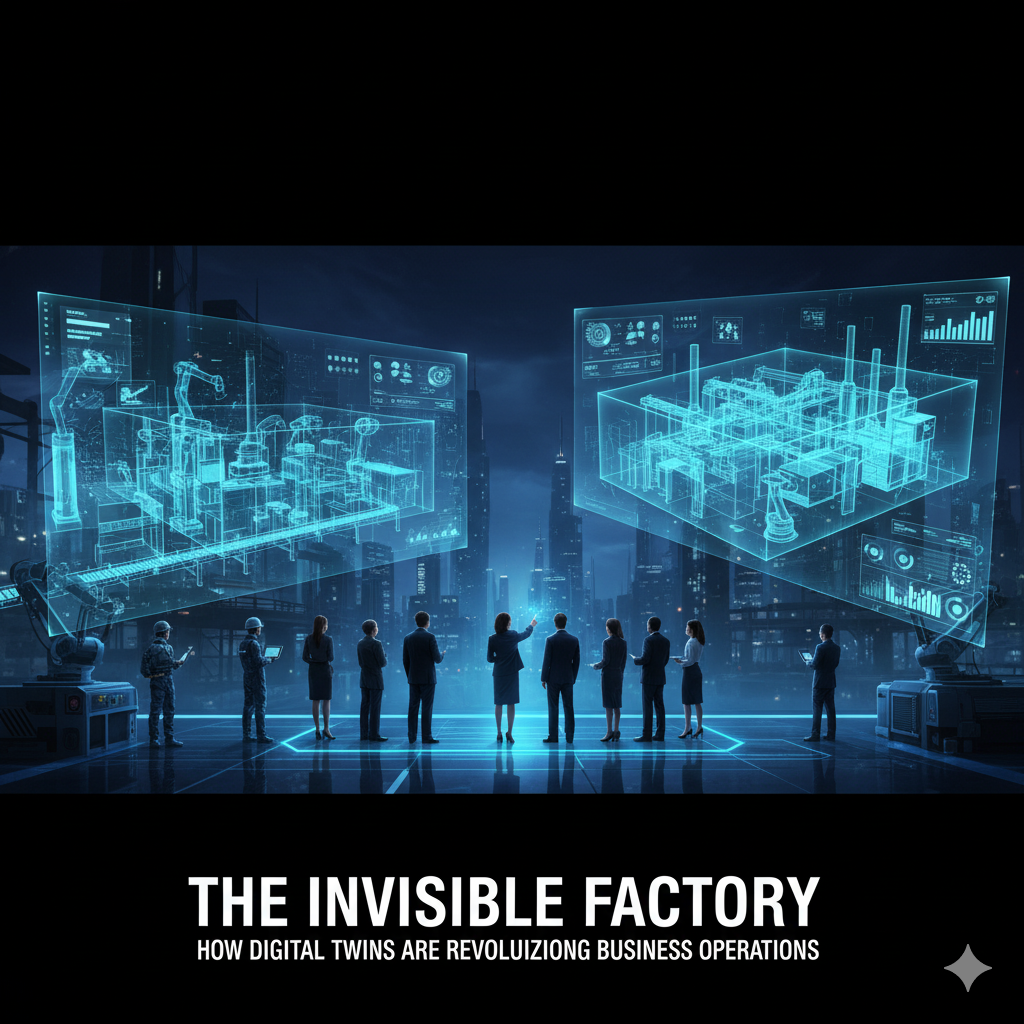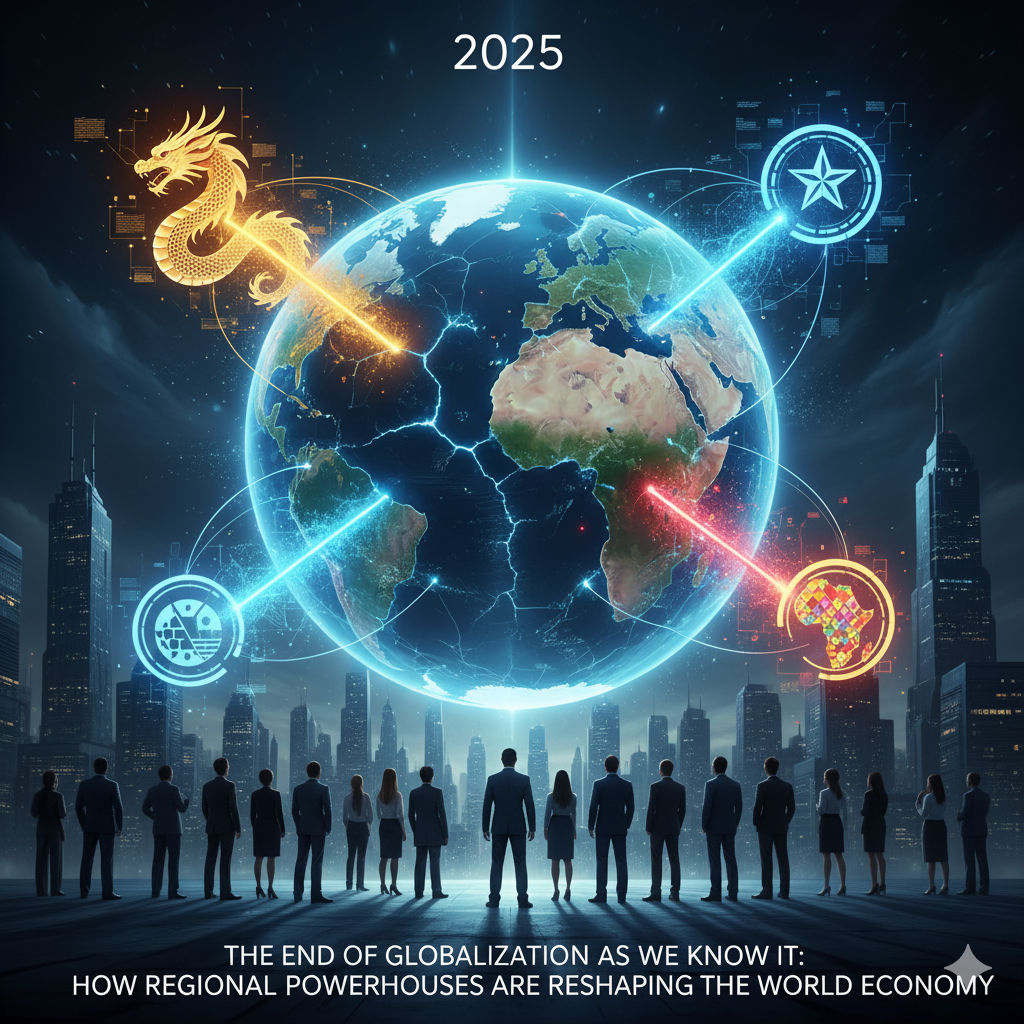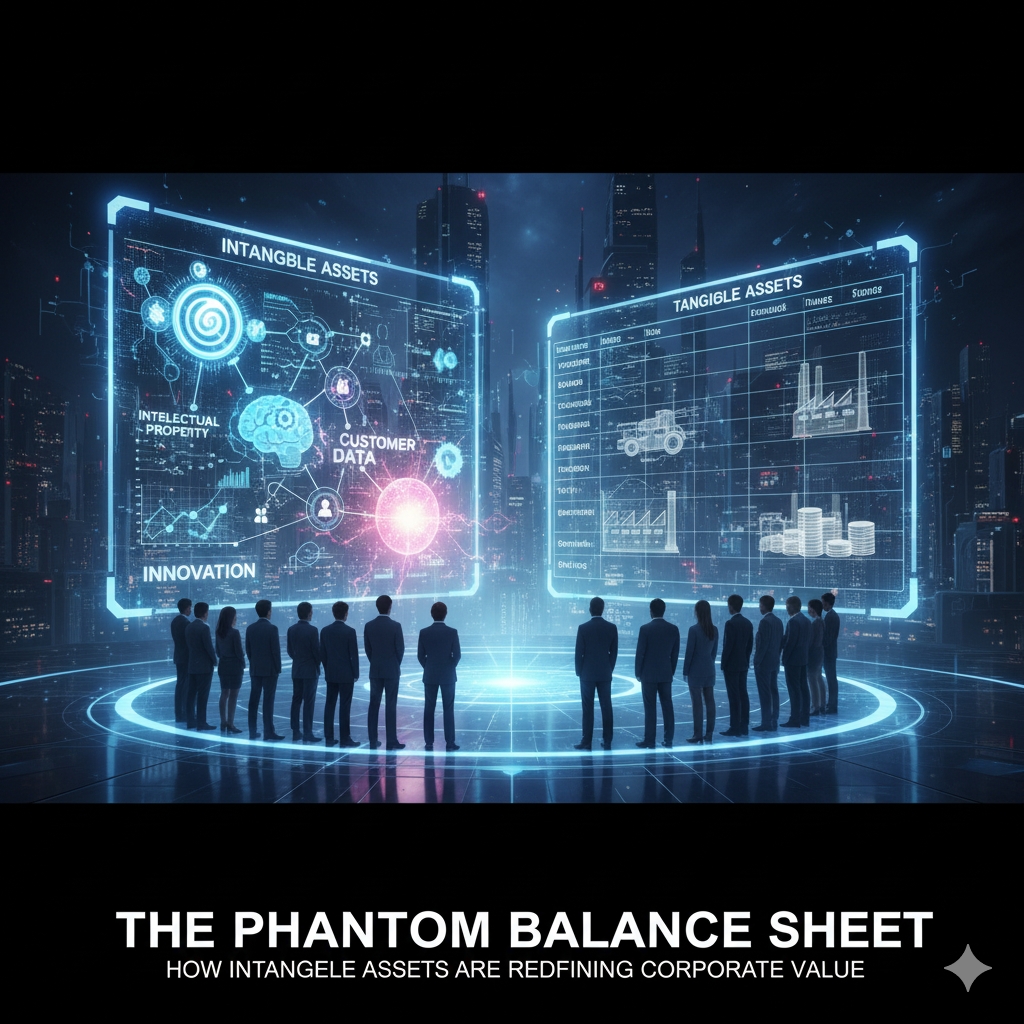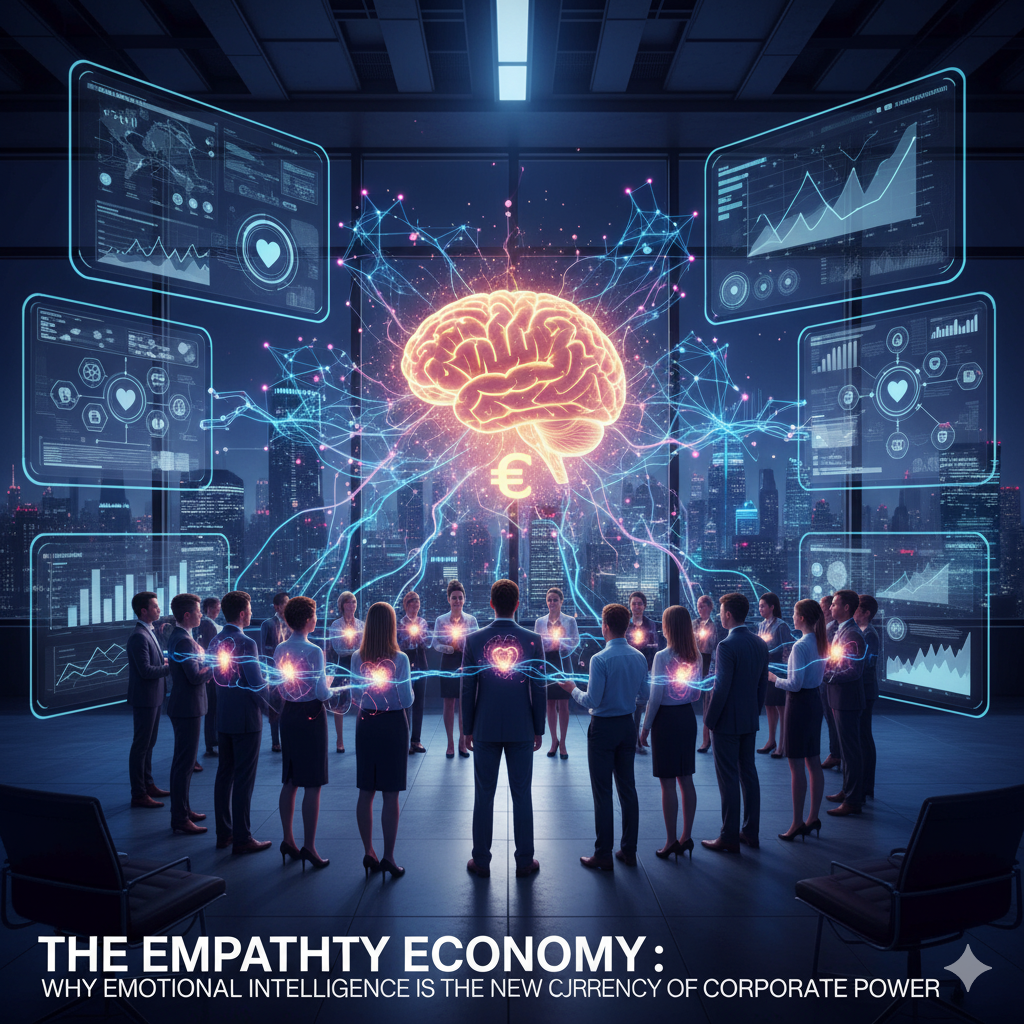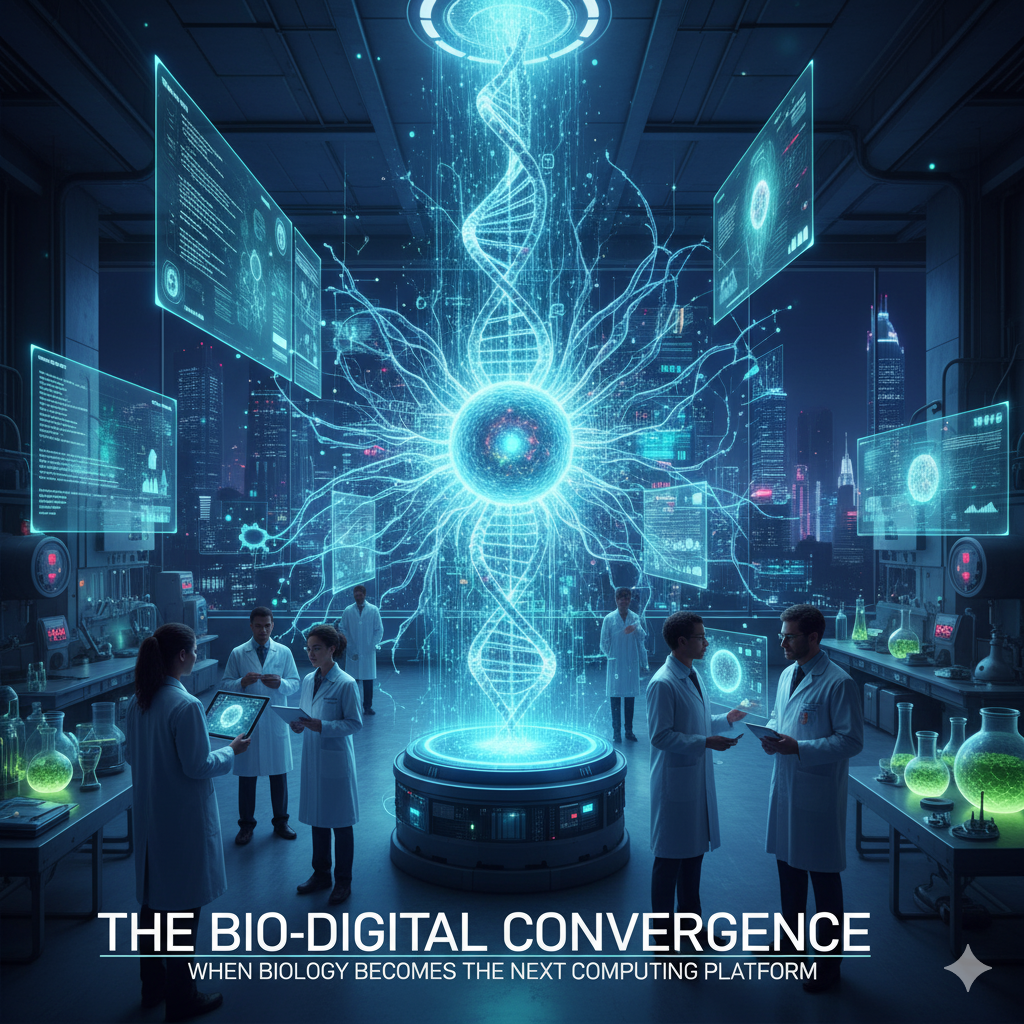Imagine being able to run a million simulations of a new factory layout before pouring a single foundation. Or stress-testing a global supply chain against a dozen different pandemic scenarios. Or predicting a mechanical failure in a jet engine weeks before it happens. This is not science fiction; it is the operational reality for companies leading the fourth industrial revolution. They are building Digital Twins—dynamic, virtual replicas of physical assets, processes, and systems that are changing the very nature of management from reactive to predictive, and from guesswork to certainty. We are entering the age of the Invisible Factory, where the most important business decisions are being made not in the boardroom, but inside a hyper-realistic digital simulation.
Beyond a 3D Model: The Anatomy of a True Digital Twin
A Digital Twin is far more than a sophisticated Computer-Aided Design (CAD) model. It is a living, breathing digital entity that evolves with its physical counterpart. Its power comes from a continuous, bidirectional flow of data.
The Physical Asset: This is the real-world object—a wind turbine, a production line, a human heart, or an entire city.
The Virtual Model: This is the high-fidelity digital copy, built using engineering data, IoT sensor inputs, and historical performance records.
The Connecting Data Link: A constant stream of real-time data from IoT sensors, operational systems, and external sources (like weather or market data) flows from the physical asset to the virtual model, keeping it perfectly synchronized.
The AI Brain: Machine learning algorithms and simulation software analyze the data within the virtual model. They can identify patterns, predict outcomes, and run “what-if” scenarios without any risk to the physical asset.
This creates a closed-loop system. Insights from the virtual model are fed back to the physical world in the form of optimized instructions, predictive maintenance alerts, or design improvements for the next generation of the asset.
The Business Revolution: From Reactive to Predictive and Beyond
The applications of Digital Twins are dismantling operational silos and creating value across every major industry, transforming core business functions.
1. Manufacturing: The Birth of the Autonomous Factory
In manufacturing, Digital Twins are the cornerstone of Industry 4.0.
Predictive Maintenance: Instead of following a fixed schedule or waiting for a machine to break, companies like Siemens use Digital Twins to monitor the real-time health of equipment. The twin can predict a bearing failure days or weeks in advance, scheduling maintenance at the least disruptive time and avoiding catastrophic downtime that can cost millions per hour.
Process Optimization: A Digital Twin of an entire production line can simulate the impact of changing variables—line speed, raw material quality, ambient temperature. It can identify bottlenecks invisible to the human eye and recommend adjustments to maximize throughput and yield.
2. Supply Chain and Logistics: Taming the Chaos
The modern supply chain is a complex, fragile web. A Digital Twin can replicate this entire network.
Risk Mitigation and Resilience: Companies like Amazon and Maersk use supply chain twins to simulate disruptions—a port closure, a hurricane, a supplier bankruptcy. By running thousands of scenarios, they can identify vulnerabilities and pre-position inventory or develop alternative routes, building a supply chain that is not just efficient, but antifragile.
Warehouse Optimization: A twin of a fulfillment center can simulate different layouts, robotics paths, and picking algorithms to find the optimal configuration for speed and cost, all before rearranging a single shelf.
3. Product Development and R&D: Failing Fast in the Virtual World
The traditional product development cycle is slow and expensive. Digital Twins compress it dramatically.
Virtual Prototyping: Tesla creates a digital twin for every vehicle it designs. They can crash-test it thousands of times virtually, tweaking materials and structures to meet safety standards at a fraction of the cost and time of building physical prototypes.
Personalized Products: In healthcare, a surgeon can practice a complex procedure on a digital twin of a patient’s specific organ, created from their MRI or CT scan data. This personalized simulation reduces risk and improves surgical outcomes.
The Urban Revolution: Building Smarter, More Livable Cities
The scale of Digital Twins is expanding to encompass some of the largest and most complex systems on Earth: our cities.
Singapore’s Virtual Clone: The city-state has developed “Virtual Singapore,” a dynamic 3D model of the entire country. Urban planners use it to simulate pedestrian traffic flow, test the environmental impact of new skyscrapers on wind patterns, and optimize emergency response routes.
Energy Management: A digital twin of a city’s power grid can simulate demand spikes, integrate renewable energy sources, and prevent blackouts by dynamically rerouting power.
The Implementation Challenge: The Data Foundation
The promise of Digital Twins is immense, but their implementation is fraught with challenges. The single greatest barrier is data.
Data Silos: For a twin to be effective, it needs data from across the organization—from engineering, operations, supply chain, and finance. Breaking down these silos is a cultural and technical battle.
Data Quality and Integration: A Digital Twin is only as good as the data it receives. Inconsistent, incomplete, or low-quality data from legacy systems creates a “garbage in, garbage out” scenario, rendering the twin useless or, worse, misleading.
The Skills Gap: Building and maintaining Digital Twins requires a rare blend of skills: data science, domain-specific expertise (e.g., engineering), and software development. This talent is scarce and expensive.
Case Study: Rolls-Royce’s “Power-by-the-Hour”
Rolls-Royce’s business model for its jet engines is a classic example of a Digital Twin in action. They don’t just sell engines; they sell “TotalCare” service, charging airlines for “Power-by-the-Hour.” The profitability of this model depends on maximizing engine uptime and minimizing unscheduled maintenance. This is achieved through a Digital Twin of every engine in operation. Real-time data on thrust, temperature, and vibration is streamed from the engines in flight to their virtual counterparts on the ground. The AI analyzes this data to predict maintenance needs with pinpoint accuracy, allowing Rolls-Royce to schedule repairs during planned ground time and ensuring their customers’ planes are rarely grounded. The Digital Twin isn’t a side project; it is the business model.
Strategic Outlook: The Convergence of Twins and the Metaverse
The future of Digital Twins lies in their convergence with other transformative technologies.
The Industrial Metaverse: Digital Twins will form the foundation of the industrial metaverse—a persistent, shared virtual space where engineers, designers, and operators from around the world can collaborate in real-time inside the simulation.
Generative AI Integration: AI won’t just analyze the twin; it will design it. Engineers will be able to give a generative AI a goal—”design the most aerodynamically efficient wing that can be 3D printed with these materials”—and the AI will generate and test thousands of designs within the Digital Twin environment.
Autonomous Decision-Making: The feedback loop will tighten. The Digital Twin will not just recommend actions; it will authorize them. A twin managing a smart grid could autonomously reroute power. A twin managing a chemical process could auto-adjust inputs to maintain perfect quality.
Conclusion: The New Management Paradigm
The rise of the Digital Twin represents a fundamental shift in the philosophy of management. For centuries, leaders have made decisions based on historical data and imperfect forecasts. They have managed by looking in the rearview mirror.
The Digital Twin offers a crystal ball. It enables a new paradigm of Preemptive Management, where leaders can see the future consequences of their decisions in a risk-free environment. They can move from asking “What happened?” to “What will happen if we…?”
The companies that master this technology will operate with an efficiency and resilience that their competitors cannot match. They will design better products, optimize complex systems, and build unprecedented levels of customer trust. The factory of the future may be invisible, but its impact on the bottom line will be undeniable. The race to build the best virtual copies has begun, and it will determine the real-world winners of the next decade.

